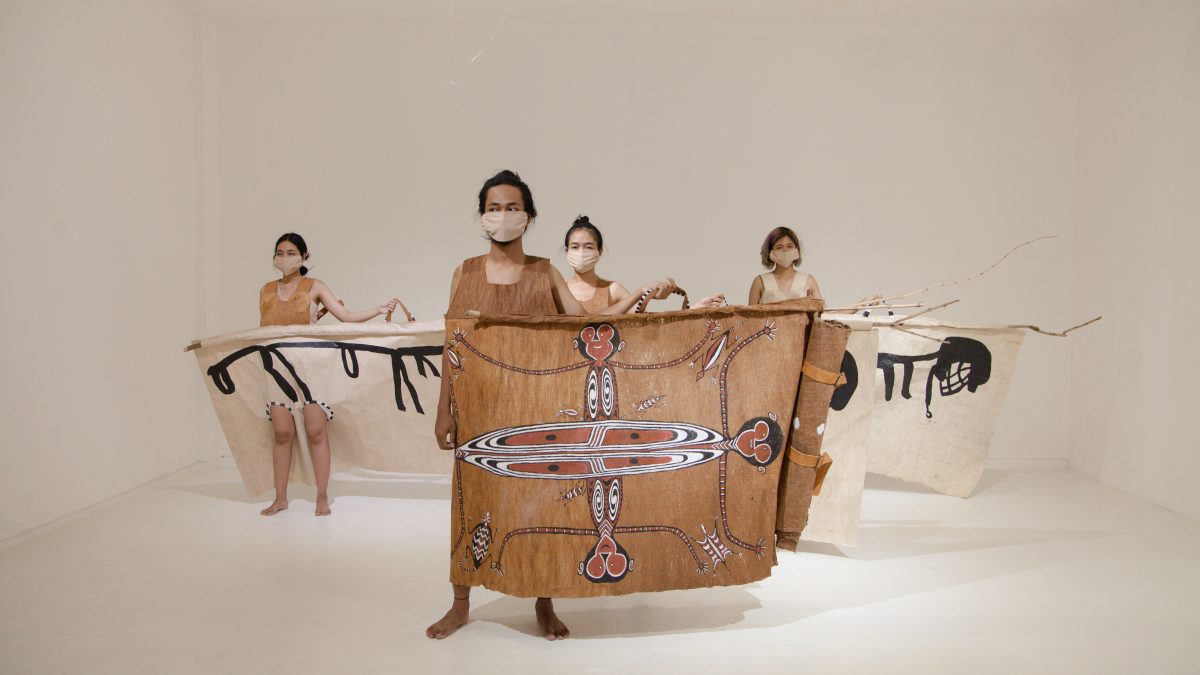
There stood four people. Two men, two women. It appears that a sturdy woman with white hair dressed them in suits made of bark. She’s Mella Jaarsma, a complex costume installation artist, who is preparing to present her work on Wednesday (6/10) afternoon.
With the title “Pertama Ada Hitam” (First There is Black), Mella wants to convey through her work that artistic expression should not be repressed. The context is that the New Order regime once banned koteka as traditional clothing. This was done through “Operation Koteka” in 1971-1972.
“Actually, before that, starting in 1928, missionary activities carried out the repression,” said Mella. Young people who want to get access to education through church institutions were required to dress modestly. Therefore, continued Mella, the koteka and various traditional clothes made from bark began to be abandoned.
In this work, Mella collaborated with Agustinus Ongge, who incidentally is a bark artist from Sentani. Communicating via telephone, both of them within three months succeeded in completing the “Pertama Ada Hitam” project.
Agus, or Agustinus Ongge, works on clothes made from the bark of the Khombow tree and decorated with the endemic Sentani motif. “For the Sentani people, aesthetics is not about new creations but about maintaining traditions,” Mella explained.
For example, she talked about the largetooth sawfish motif. Although it is almost extinct from Lake Sentani where Agus lives, their memory is recorded in the artistic tradition.
Mella also conveyed the message of protest in her work.
“So far, art has been defined by Java. But through this work, we know that everywhere, including in Papua, people can and need to make art,” said Mella.
The protest against the centralistic history of art is not only manifested in its aesthetics. That was conveyed by Agung, a visitor as well as a lecturer in Fine Arts at ITB. He considered the message of decentralization of art can also be seen in the method of cultivating his work.
Agung thinks that Mella’s decision to work on her work with local Papuan artists has succeeded in harmony with the mission of the XVI Jogja Biennale. “To see Oceania, one must work with the subject of Oceania, which in this case is represented by Agus from Sentani,” said Agung.
The job is finished. The remaining two people were standing while the other two collapsed from exhaustion. Demonstrators may fall, but the message of protest against the exclusion of art from Mella still stands in the “Pertama Ada Hitam” bark clothes.